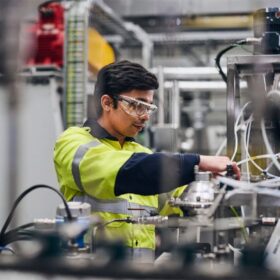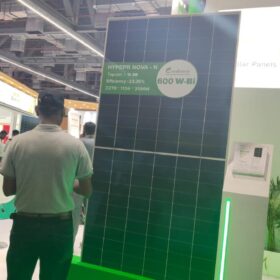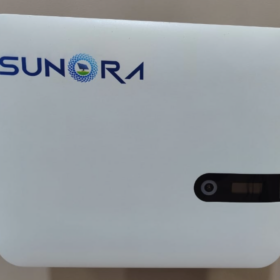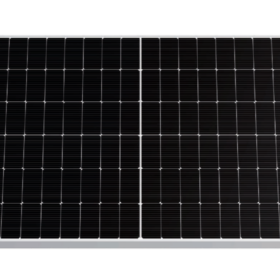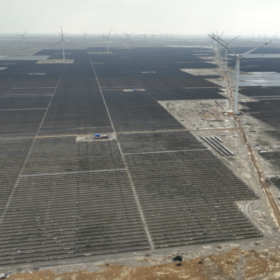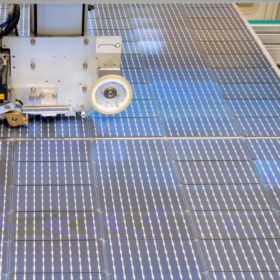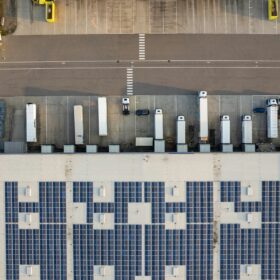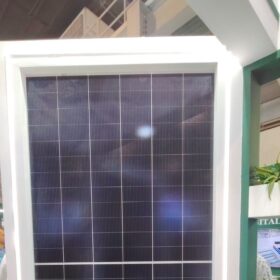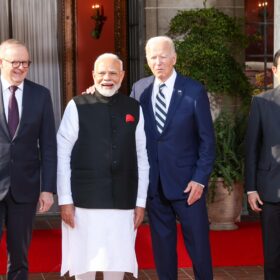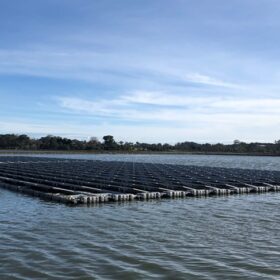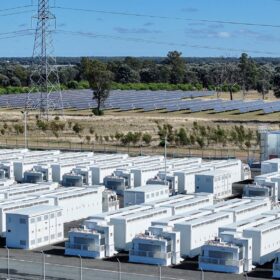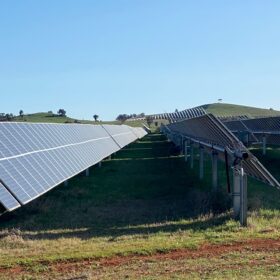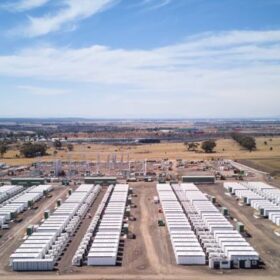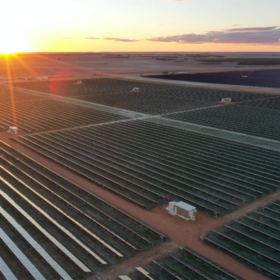Sicona signs $15 million licensing agreement with Indian chemical giant
New South Wales-based battery materials specialist Sicona has signed a $15 million licensing agreement with Indian chemical conglomerate Himadri to accelerate the global commercialisation of its flagship silicon carbon anode material.
Credence Solar unveils 600 W TOPCon PV panel
India manufacturer Credence Solar has unveiled the Hyper Nova N TOPCon module series available in power outputs from 580 W to 600 W with front-side power conversion efficiency of 22.45% to 23.25%, respectively.
Sunora expands into solar inverter market
Solar tech manufacturer Sunora has unveiled new grid-connected and hybrid inverters at the RenewX 2025 clean energy trade show in India.
Gautam Solar presents 23.69%-efficient 640 W TOPCon solar module
The Indian manufacturer said its new TOPCon solar panel is based on rectangular bifacial solar cells and is certified by the Bureau of Indian Standards.
India hits 100 GW solar milestone
India has hit 100.33 GW of cumulative installed solar capacity, crossing a critical threshold as it moves toward its 2030 goal of 500 GW of non-fossil energy.
Indian solar manufacturer giant makes moves to enter Australian market
Indian module manufacturer giant Waaree Energies has incorporated a wholly owned subsidiary in Australia called Waaree Renewable Energies Australia Pty Limited, but it yet to disclose specifics.
Rooftop solar drives up ambient temperatures in urban centres: study
A University of New South Wales, Sydney study, in collaboration with the University of Calcutta, India, has found urban rooftop solar installations can raise daytime temperatures in a given area by up to 1.9 degrees, and lower them at night by up to 0.8 degrees.
Reliance introduces bifacial heterojunction solar modules
The India-based module producer said its new panels have a power conversion efficiency of up to 23.1% and a temperature coefficient of -0.24% per C.
$50 million funding to boost clean energy supply chain
The Australian government will in November open applications for a $50 million funding program that is to support the development of more diverse solar PV, hydrogen electrolyser and battery supply chains in the Indo-Pacific region.
Optimising bifacial solar panels for floating PV applications in tropical freshwater
New research from India shows how bifacial solar modules should be deployed to achieve strong performance in floating PV projects planned on tropical freshwater. Their experimental setup demonstrated that higher efficiency gains are achievable by gauging panel height, water depth, and tilt angle.
